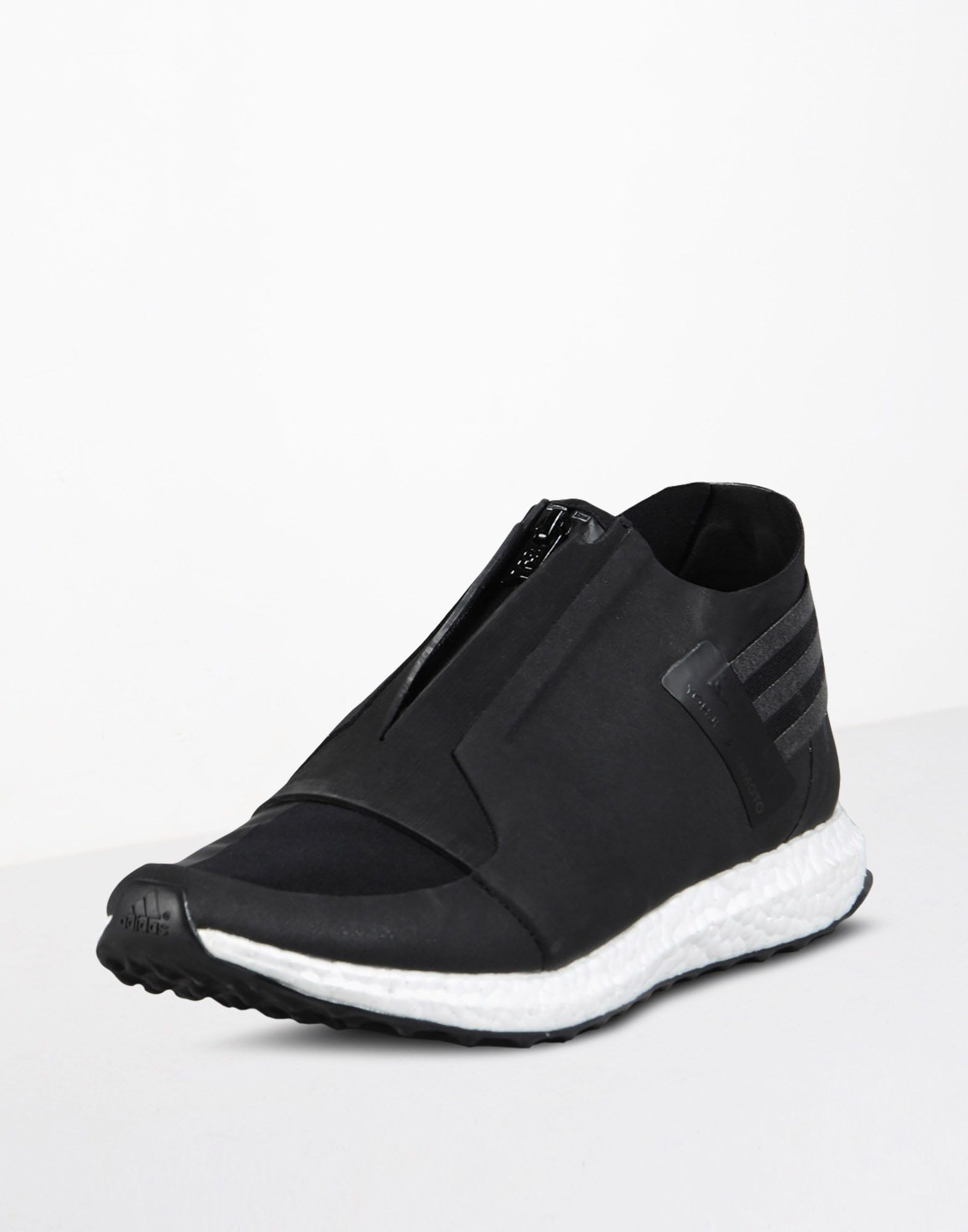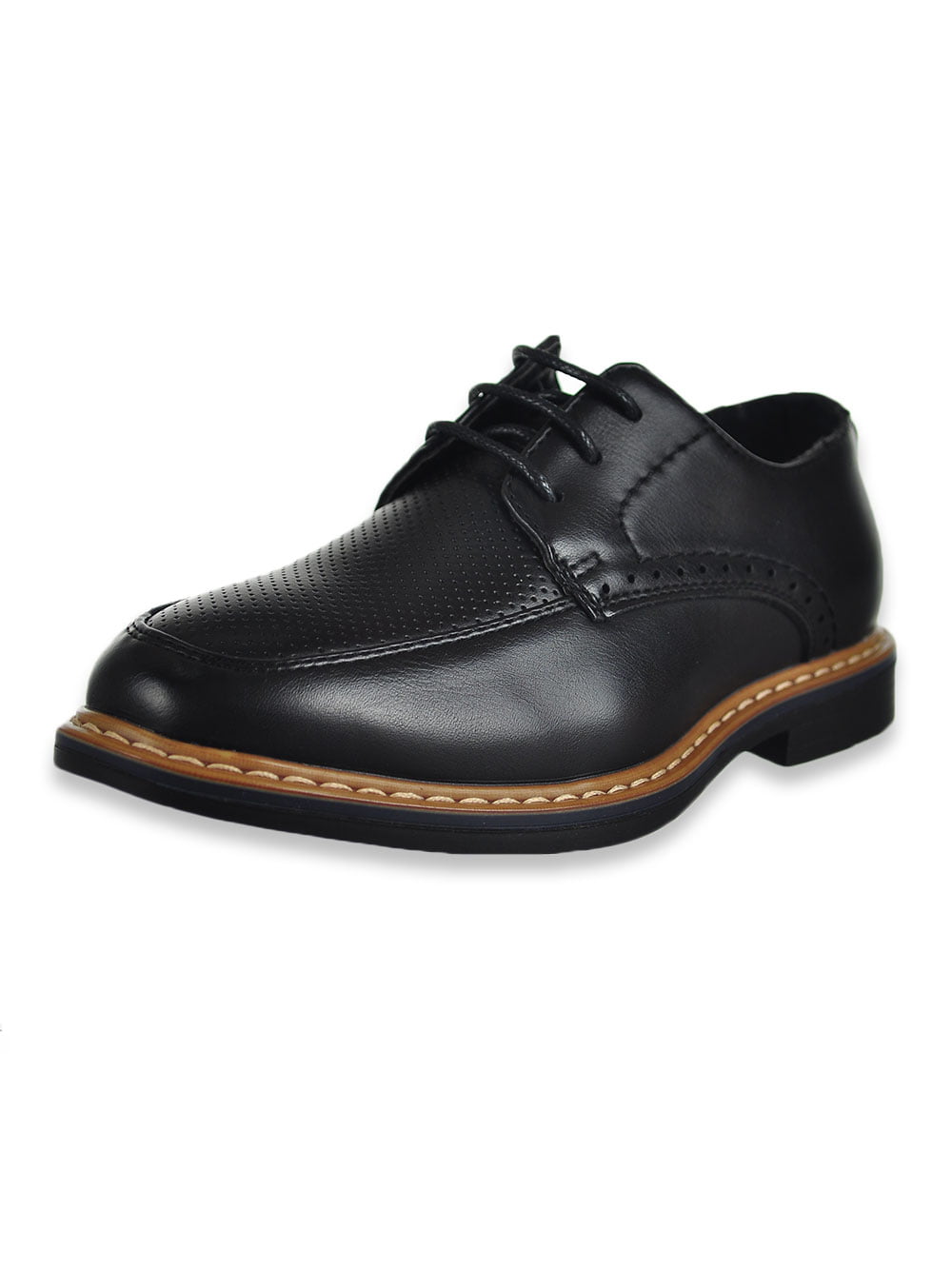
This is a surgical lengthening of the calf (gastrocnemius) muscles. Surgical Treatmentīecause more than 90% of patients with plantar fasciitis recover with nonsurgical treatment, surgery is generally saved for people who have not seen improvement after 12 months of aggressive nonsurgical treatment. The tip of the probe then vibrates to break up and remove damaged tissue. Ultrasound imaging is used to guide a probe toward the injured plantar fascia. This is a minimally invasive treatment for patients with persistent (ongoing) plantar fasciitis. Because of the minimal (low) risk involved, ESWT is sometimes tried before surgery is considered. ESWT has not shown consistent results and, therefore, is not commonly performed.ĮSWT is noninvasive, meaning it does not require a surgical incision. During this procedure, high-energy shockwave impulses stimulate the healing process in damaged plantar fascia tissue. However, this treatment can be expensive, and more research is needed on the effectiveness of PRP injections.Įxtracorporeal shockwave therapy (ESWT). PRP injections do not have the same risk of leading to plantar fascia rupture. Platelet-rich plasma (PRP) injections. PRP is obtained from your own blood and can be injected into the plantar fascia to promote healing. Your doctor may limit this treatment or avoid it altogether because steroid injections can weaken the plantar fascia and lead to a rupture (tear), which can lead to flattening of the foot and chronic pain. It can be injected into the plantar fascia to reduce inflammation and pain. Cortisone, a type of steroid, is a powerful anti-inflammatory medication. Since a cast is custom-molded to your foot and cannot be removed, it is often a better option than wearing a boot.Ĭortisone injections. Your doctor may recommend the following procedures if you still have symptoms after several months of nonsurgical treatments.Ĭasting. Wearing a cast for a short period of time can be very helpful in the treatment of plantar fasciitis because it keeps your foot from moving, which is a better environment for healing. Although it can be difficult to get used to, a night splint is very effective at reducing heel pain from plantar fasciitis. A night splint stretches the plantar fascia while you sleep. This relaxes the plantar fascia and is one of the reasons for morning heel pain. Most people sleep with their feet pointed down. Make sure to replace your old athletic shoes before they wear out and no longer support your feet. Soft heel pads can provide extra support.Īvoid shoes that do not provide support or are worn out. Pre-made or custom orthotics (shoe inserts) are also helpful. Soft silicone heel pads are inexpensive and work by elevating (raising) and cushioning your heel. A cushioned shoe or insert reduces this tension and the microtrauma that occurs with every step. As you step and your heel strikes the ground, a large amount of tension is placed on the fascia, which causes microtrauma (tiny tears in the tissue). Shoes with thick soles and extra cushioning can reduce pain with standing and walking.

In addition to exercises like the ones mentioned above, a physical therapy program may involve specialized ice treatments, massage, and other therapies to decrease inflammation around the plantar fascia. Your doctor may suggest that you work with a physical therapist on an exercise program that focuses on stretching your calf muscles and plantar fascia. Using the medication for more than 1 month should be reviewed with your primary care doctor. Medications such as ibuprofen or naproxen reduce pain and inflammation. Nonsteroidal anti-inflammatory drugs (NSAIDs). Rolling your foot over a cold water bottle or ice for 20 minutes is effective. This exercise is best done in the morning before standing or walking. The fascia should feel like a tight band along the bottom of your foot when stretched. Place your other hand along the plantar fascia. If it is difficult to reach your foot, wrap a towel around your big toe to help pull your toes toward you. Grasp the toes of your painful foot and slowly pull them toward you in a controlled fashion. Cross your affected foot over the knee of your other leg. This stretch is performed in the seated position.

A strong pull in the calf should be felt during the stretch. Repeat this exercise 20 times for each foot. Hold the position for 10 seconds and relax. To stretch the calf muscles and the heel cord, push your hips toward the wall in a controlled fashion. Place the other leg in front, with the knee bent. Lean forward against a wall with one knee straight and the heel on the ground.


 0 kommentar(er)
0 kommentar(er)
